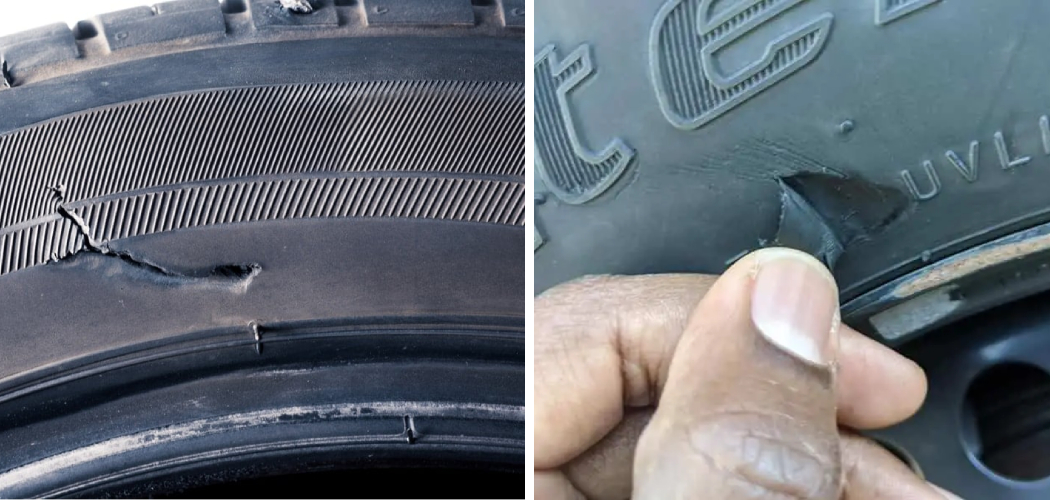Discovering a small hole in the sidewall of your tire doesn’t have to be a cause for panic—it’s a repairable challenge that can save you from the expense of a new tire. Learning how to fix a small hole in the sidewall is a valuable skill that can keep you on the road safely. In this comprehensive guide, we’ll explore the step-by-step process of how to fix small hole in sidewall of tire, ensuring a reliable and cost-effective solution.
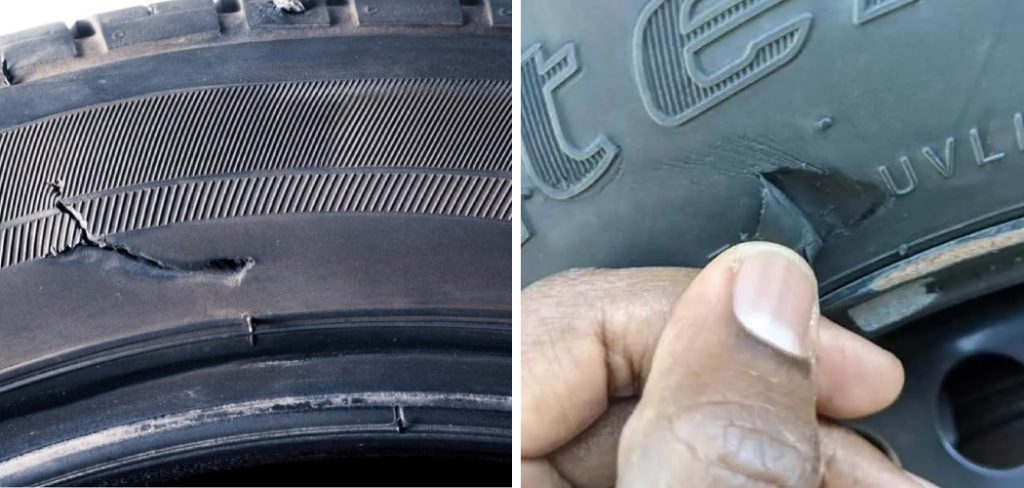
From identifying the location of the hole to using proper repair materials, we’ll guide you through the intricacies of this essential tire repair task. Join us on this journey as we empower you with the knowledge and confidence to tackle minor sidewall damage, extending the life of your tire and keeping you rolling smoothly down the road.
Importance of Addressing Small Holes in The Sidewall
Before delving into the repair process, it’s crucial to understand the importance of addressing small holes in the sidewall promptly. Ignoring such damage can lead to escalating issues ranging from a simple flat tire to dangerous blowouts while driving. Sidewall damage compromises the structural integrity of your tire, affecting its performance and safety.
Unaddressed, a small hole can gradually widen, affecting your vehicle’s handling, fuel efficiency, and even tread wear patterns. Therefore, swift and effective repair of sidewall damage is key to maintaining optimal tire health and ensuring your safety on the road.
Assessing the Damage
The first step in fixing a small hole in the sidewall of your tire is to closely assess the damage. Park your vehicle in a well-lit area and prop it up using a jack for a clear view of the tire’s sidewall. Carefully examine the hole and surrounding area for any signs of additional damage. It’s also important to check the depth and diameter of the hole—this information will help you decide whether a simple patch can address the issue or whether a more comprehensive repair method is needed.
Remember, larger holes or those that penetrate too deep into the tire’s structure may require professional assistance. Tools like a tire inspection mirror or a depth gauge can be beneficial in this phase. Once the damage is fully assessed, you can proceed with the appropriate repair procedure.
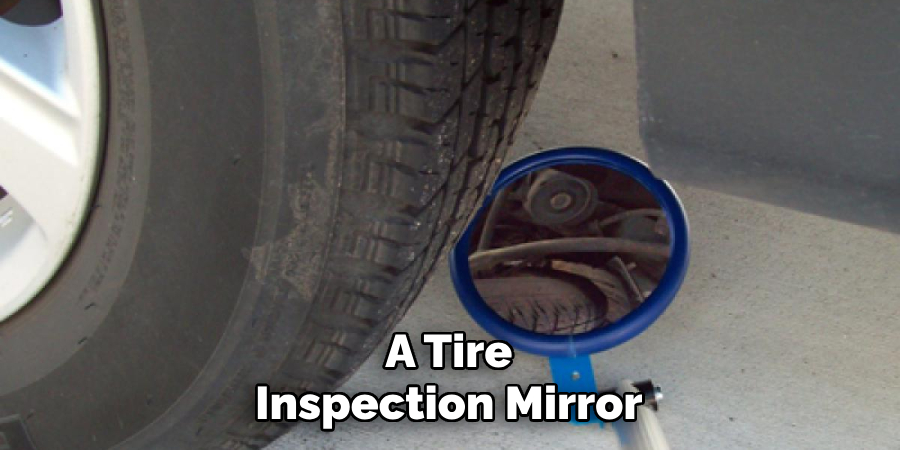
Checking Tire Pressure
Maintaining the correct tire pressure is essential for the overall performance and longevity of your tires. Before you proceed with the repair, it’s crucial to check the tire pressure. An underinflated tire can exaggerate the hole’s size and make the repair more difficult, while an overinflated one can cause further damage.
Use a reliable tire pressure gauge to measure the tire’s current pressure. Compare this reading with the manufacturer’s recommended tire pressure specified in your vehicle’s owner’s manual or on the tire placard located on the driver’s side door jamb. If the pressure is not within the recommended range, adjust it accordingly. Remember to always check and adjust tire pressure when the tires are cold, as heat from driving can increase the pressure.
Once you’ve checked and adjusted the tire pressure, you’re ready to move on to the actual repair process. Remember to recheck the tire pressure after the repair to ensure the hole has been effectively sealed and the tire is ready to safely hit the road again.
10 Methods How to Fix Small Hole in Sidewall of Tire
1. Patch Kit
One of the easiest ways to fix a small hole in the sidewall of a tire is by using a patch kit. These kits typically come with a piece of rubber and adhesive that can be applied to the inside of the tire, covering the hole and sealing it.
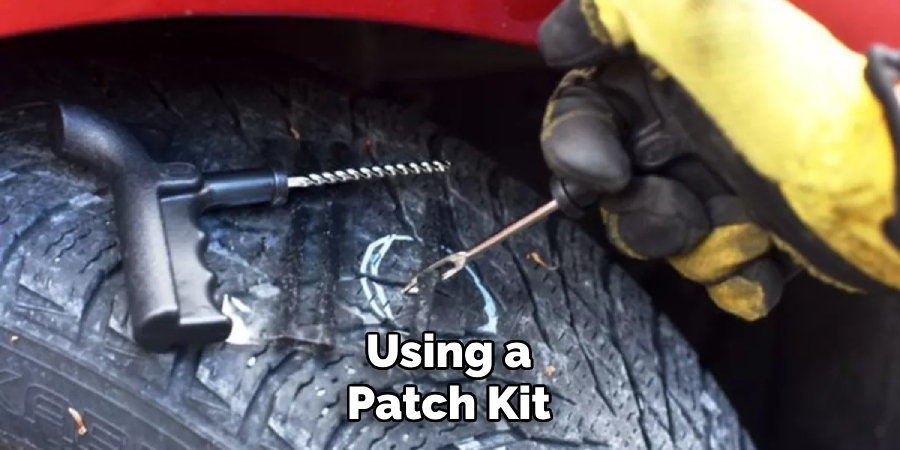
2. Tire Plug
Similar to a patch kit, a tire plug is another option for fixing a small hole in the sidewall. A tire plug is essentially a strip of rubber with an adhesive on one side that can be inserted into the hole from the outside, providing a quick and temporary fix.
3. Rubber Cement
Rubber cement can also be used to fix small holes in tires. This adhesive is specifically designed for rubber materials and can create a strong bond between the damaged area and the rest of the tire.
4. Inner Tube Replacement
If your tire has an inner tube, you may be able to replace just the tube instead of replacing the entire tire. This method requires removing the wheel from your bike or vehicle, but it can be an affordable solution for smaller holes.
5. Super Glue
In some cases, super glue may work as a temporary fix for small holes in tires. However, this method should only be used as a last resort and may not hold up well under pressure or extreme temperatures.
6. Duct Tape
Duct tape is another temporary fix that can provide some relief until you are able to properly repair or replace your tire. However, like super glue, it is not recommended as a long-term solution.
7. Tire Sealant
Tire sealant is another option for fixing small holes in tires without having to remove them from your vehicle or bike. This liquid sealant can be injected into the tire through its valve stem and will fill any small punctures or leaks.
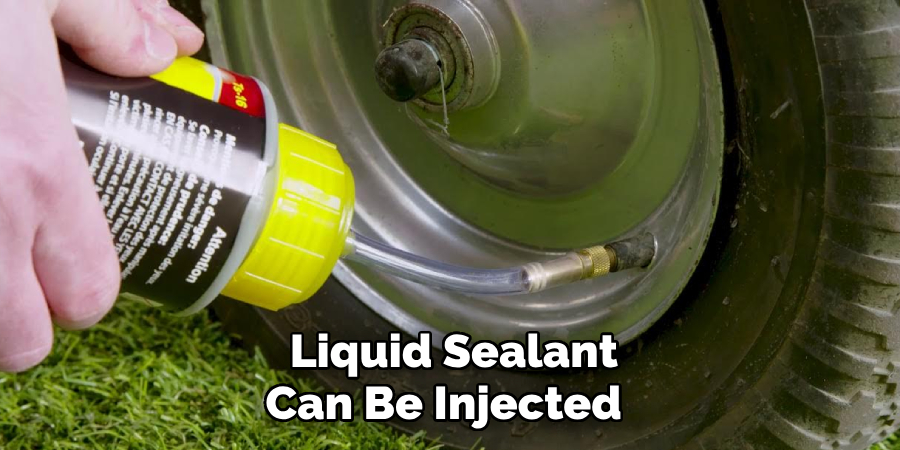
8. Rubber Patches
Similar to patches used in patch kits, rubber patches are another option for fixing small holes in tires. These patches can be applied to the inside of the tire and provide a more permanent fix compared to tire plugs or sealant.
9. Inner Tube Sealant
If you have an inner tube, you can also use inner tube sealant to fix small holes in your tire. This sealant is specifically designed for inner tubes and can be injected through the valve stem like tire sealant.
10. Professional Repair
For larger or more complex holes in sidewalls, it is best to seek professional repair from a mechanic or bike shop. They will have the proper tools and expertise to properly fix your tire and ensure its safety on the road.
Deciding on Repairability
After assessing the damage and exploring potential repair methods, it’s essential to decide whether your tire is indeed repairable or if it needs replacement. The nature and extent of the damage, along with the tire’s overall condition, play a crucial role in this decision. A tire with a small, superficial puncture in the sidewall may be repairable using methods like patch kits, tire plugs, or sealants.
However, if the hole is large, deep, or the tire shows signs of wear or previous repairs, it may be safer and more cost-effective in the long run to replace it. Always remember, safety is paramount when dealing with tire repairs. If in doubt, seek professional advice. Your decision should never compromise your safety on the road.
Conducting a Test Drive
Once you’ve performed the repair or replacement, it’s essential to conduct a test drive to ensure the tire is safe for regular use. Start by driving at a low speed in a safe and controlled environment, gradually increasing your speed while paying attention to any vibrations, noises, or changes in the vehicle’s handling. Any of these could indicate a problem with the repair. Monitor the tire pressure after the test drive. If it remains steady, it signifies a successful repair.
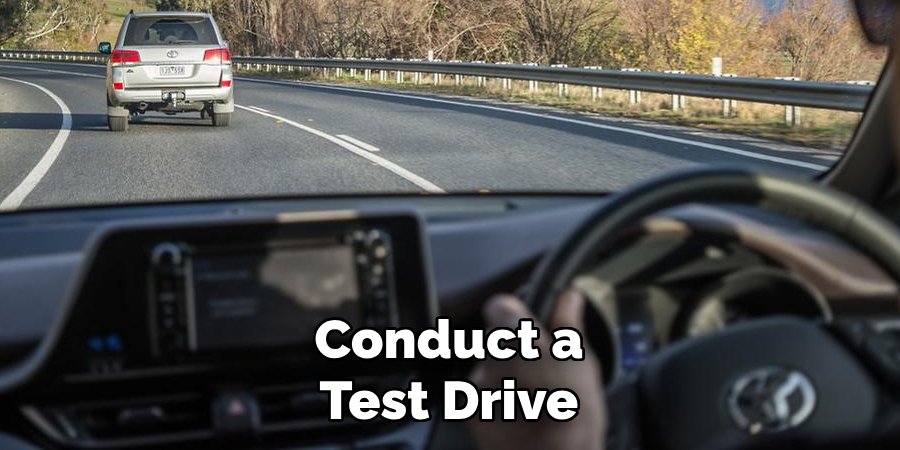
However, if the pressure decreases, it may indicate that the repair was not successful and the tire is still leaking. In such cases, it might be necessary to revisit the repair process or consult a professional. This test drive is a critical step in verifying your tire repair’s effectiveness and shouldn’t be skipped. Always prioritize safety when dealing with tire repairs.
Additionally, regular checks and maintenance of your tires can help prevent future issues and keep you safe on the road. With these methods and precautions in mind, you can confidently fix small holes in sidewalls and get back on the road with peace of mind. So next time you encounter a small hole in your tire’s sidewall, don’t panic – follow these steps to effectively repair
Conclusion
In conclusion, learning how to fix small hole in sidewall of tire is an essential skill to have as a responsible driver. It not only helps you save money and time, but it also ensures the safety of yourself and others on the road. By following these simple steps outlined in this blog post, you can confidently handle this common road mishap without panicking or calling for assistance.
Now that you have gained this new knowledge, make sure to keep a tire patch kit in your car’s emergency kit at all times and practice the steps a few times so that it becomes second nature to you. Remember, constant preparation is key when it comes to handling unexpected situations on the road. So next time you see a small hole in your sidewall, don’t panic! Instead, take a deep breath and follow these easy steps to get back on the road safely and confidently. Happy driving!

